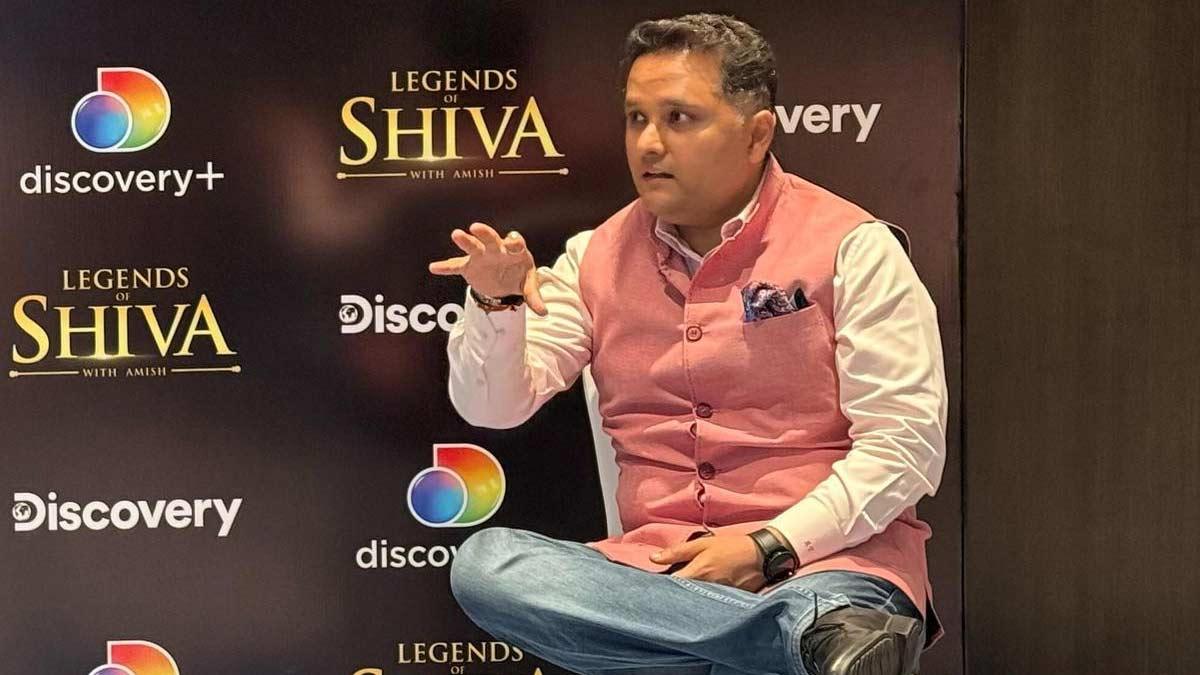All of us are naturally diverse learners and it is important for us to understand children with learning and thinking differences, along with reducing the stigma and the feeling that something is 'wrong' with them, says Dr Alok Kumar Bhuwan, Managing Secretary, Manovikas Charitable Society. The Society works towards the inclusion of children with intellectual and developmental disabilities (IDD) into mainstream education and gaining their recognition in the society.
Explaining how in our country, according to the Rights of Persons with Disabilities Act, 2016, there are 21 types of disabilities specified, he says that this includes intellectual disability.
Intellectual disability includes "specific learning disabilities" -- a heterogeneous group of conditions wherein there is a deficit in processing language, spoken or written, that may manifest itself as a difficulty to comprehend, speak, read, write, spell, or to do mathematical calculations and includes such conditions as perceptual disabilities, dyslexia, dysgraphia, dyscalculia, dyspraxia and developmental aphasia. It also includes "autism spectrum disorder" -- a neuro-developmental condition typically appearing in the first three years of life that significantly affects a person's ability to communicate, understand relationships and relate to others, and is frequently associated with unusual or stereotypical rituals or behaviours.
He explains: Developmental disabilities is a group of conditions due to an impairment in physical, learning, language, or behavior areas. These conditions begin during the developmental period, may impact day-to-day functioning, and usually last throughout a person's lifetime.
Explaining stigma around children who are neurodiverse, he suggests that the strategy to help and build confidence, self-esteem, motivation and resilience is very important when we think about neurodiversity in the children. "The concept of Universal design of learning (UDL) can benefit children with learning and thinking differences. UDL, for instance, shares many of the principles of neurodiversity. UDL recognises that there's a wide range of students with a wide range of abilities. It uses a variety of teaching strategies to remove barriers to learning especially those with autism spectrum disorder, attention deficit and hyperactivity disorder.
"We must have the goal to give all students, of all abilities, equal opportunities to succeed," he told IANSlife.
His school, established in 1997, facilitates thousands of children to study in mainstream schools. "Children with disabilities are sometimes unable to go to mainstream schools due to their age, financial crisis, and especially when parents wait to recover their son or daughter from disability and the age to attend school gets belated. Reasonable accommodations are required to enhance need-based learning of any child with special needs."
Manovikas also has an Institute for Higher Education where they provide the skill training in hospitality, IT, retail, health and beauty, to students with disabilities. The school and its initiatives creates awareness for non-discrimination, full and effective participation and inclusion in university and colleges, especially for those with intellectual and developmental disabilities.
Speaking about work during COVID-19 times, he said that Manovikas Charitable Society developed a virtual learning Manovikas eGyanshala mobile app, a weekly live consultation with experts to help people with IDD, and a program to develop friendships in the lives of individuals with special needs who face isolation.
(Siddhi Jain can be contacted at [email protected])


















